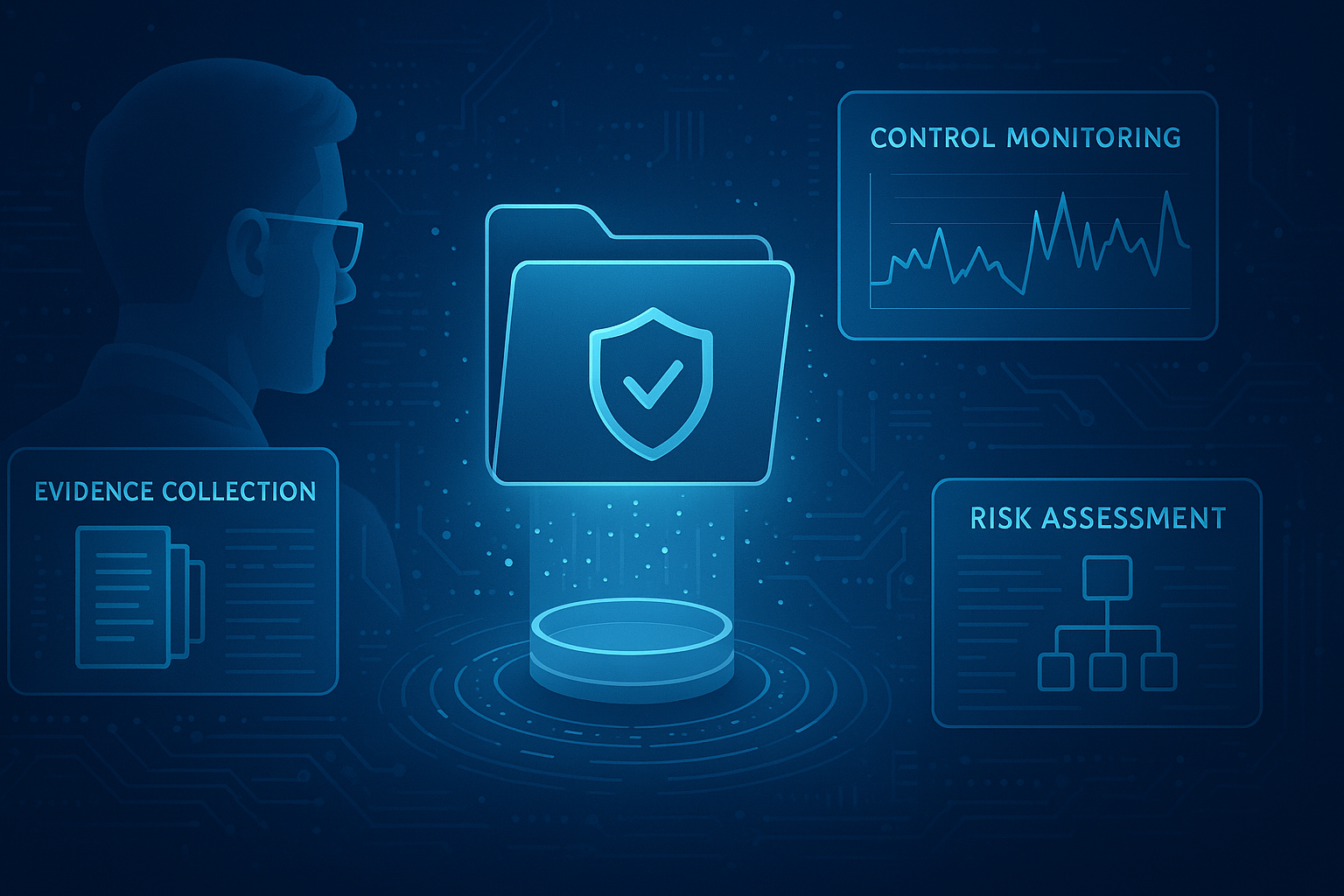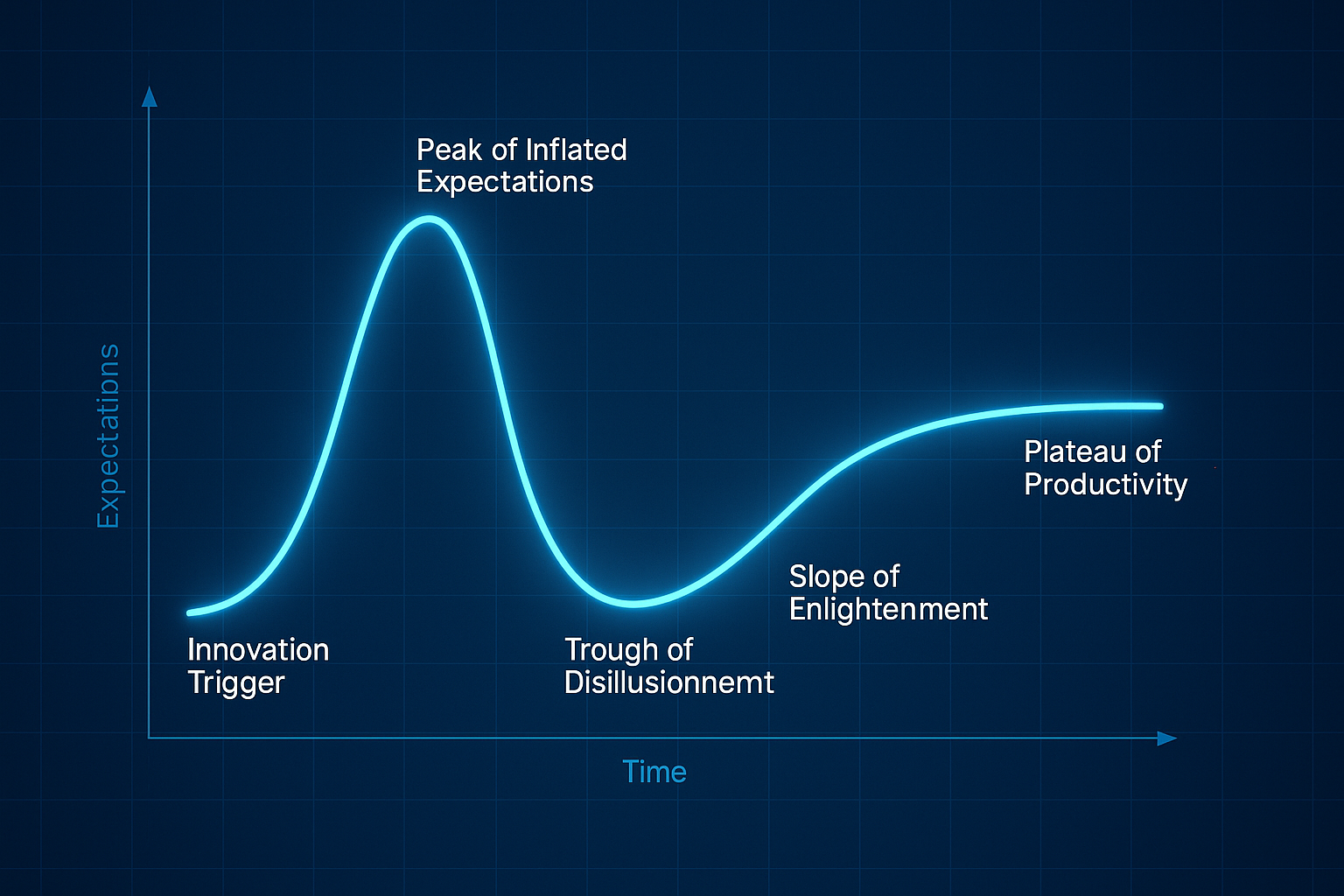Every CEO and CFO understands how to quantify operational risk. Market volatility, supply chain disruptions, and regulatory compliance are all baked into financial projections and boardroom discussions. Yet, when it comes to cyber risk, most companies are flying blind. And that opens them up to potential breaches that can cost, on average, $4.8 million, according to IBM's 2024 Cost of a Data Breach Report.
The problem isn’t a lack of data. Security teams are drowning in it. Every day, Chief Information Security Officers (CISOs) receive thousands of findings, alerts, vulnerabilities, and compliance gaps, but lack the clarity to answer the one question that matters most to the business and one that CEOs are always asking: “How does this affect us?”
The Current Challenges With Assessing Risk
Picture this: A competitor just suffered a major cyberattack. The CEO turns to the CISO and asks, “Are we at risk?” The CISO hesitates. It’s not that they don’t know their environment—it’s that they don’t have the tools to correlate internal security gaps with external threats in real time. The sheer volume of alerts, combined with siloed security tools, makes it nearly impossible to extract actionable intelligence from the noise. You’ve given your CISO a budget, and they’ve used it well, and those tools are needed. But they just can’t talk to each other or give a holistic picture of your overall cyber risk posture.
This isn’t just frustrating; it’s dangerous. When this happens, companies aren’t just exposed to cyber risk; they’re exposed to hidden, unquantified business risk that isn’t making its way into boardroom discussions. As cyber incidents become more frequent, more expensive, and more scrutinized by regulators, a potential oversight becomes more costly.
Why Leaders Should View Cyber Risks As Business Risks
For years, cybersecurity has been treated as a technical issue delegated to security teams. But as digital transformation accelerates, cyber risk has become business risk, and business risk is a CEO’s responsibility.
Regulatory bodies are cracking down, shareholder scrutiny is increasing, and cyber incidents now have direct financial consequences, from legal penalties to stock price dips. CEOs can no longer afford to take a hands-off approach. Just as digital transformation has reshaped customer engagement, operations, and finance, it must also reshape cyber risk management.
How To Use AI To Navigate Cyber Risk
CEOs can drive the adoption of AI to bridge the gap between cybersecurity and business decision-making. In the same way AI is optimizing supply chains and personalizing customer experiences, it can correlate cyber threats with business risk and help answer critical questions, such as:
- What are the top three cyber risks that could cost us the most money this quarter?
- How do today’s emerging attack patterns impact our financial exposure?
- Are we investing in the right security initiatives, or just checking compliance boxes?
By applying AI and automation, security teams can cut through the noise, reducing thousands of findings to the few that matter. Instead of treating all risks equally, organizations can prioritize based on both likelihood and financial impact. This is the kind of insight that belongs in boardroom discussions.
Here's how CEOs can begin to integrate AI and cybersecurity to make better business decisions:
Push for Cyber Risk Quantification.
Cyber risk should be measured in financial terms, just like any other business risk. There are proven cyber risk quantification solutions available if you look for them. Your CISO probably already has some ideas.
Demand clear answers and provide the necessary support.
CISOs should be able to articulate risk exposure in real time, not just provide security metrics. That means as a CEO, you must be bought into transforming your cyber operations just like you've digitally transformed other departments.
Audit and assess tools.
As you evaluate tools and partners, look for solutions that deliver rapid integration, real-time insights, and automation that aligns with your existing frameworks. I recommend prioritizing platforms that offer explainable AI and measurable time to value, and avoid those that require long deployments or rely heavily on manual effort.
In today’s digital economy, trust and security are not just risk factors; they’re business differentiators. I believe cyber risk is the boardroom issue of the decade. The only question is whether CEOs will step up and address it or let hidden risks continue to compound on their balance sheet.
Want to see how CyberStrong can support end-to-end cyber risk management while unifying millions of datapoints to weave a cyber risk intelligence layer for actionable decision-making? Meet with us to see how.
FAQ: How CEOs and Execs Can Assess Cyber Threats and Business Risk
What is cybersecurity risk assessment, and why does it matter for CEOs?
Looking for insights on how to conduct a cybersecurity risk assessment? It's the process of identifying, evaluating, and prioritizing potential cyber threats that could impact an organization’s operations, data, or reputation. For CEOs, understanding this is critical because cyber threats now translate directly into financial, regulatory, and reputational risks, making cybersecurity a business issue, not just an IT concern.
Recommended: Best Practices & templates for cybersecurity risk assessments.
How can CEOs assess their company’s cybersecurity risk posture?
To assess cybersecurity risk posture, CEOs should work with CISOs to adopt a risk-based approach rather than relying solely on compliance checklists. This includes:
-
Using cyber risk quantification (CRQ) to measure risk in financial terms
-
Reviewing prioritized cybersecurity risk registers
-
Auditing existing tools and asking whether they provide real-time, unified insights
-
Leveraging AI to correlate internal vulnerabilities with emerging external threats
What are the biggest challenges in assessing cyber risk today?
The primary challenges include:
-
Overwhelming volumes of security data with little context
-
Siloed tools that don’t communicate with each other
-
Lack of real-time visibility into how threats impact business operations
-
Inability to translate cybersecurity data into financial or operational risk metrics
How is cyber risk different from traditional business risks?
Unlike traditional risks (like supply chain delays or regulatory compliance), cyber risk is dynamic, fast-evolving, and often invisible until it’s too late. It affects every digital system and process, which means it can have immediate and far-reaching consequences, making it uniquely complex and harder to quantify without advanced tools.
What role does AI play in cybersecurity risk assessment?
AI helps security teams and executives make sense of overwhelming volumes of alerts and findings. With the right tools, AI can:
-
Automatically prioritize threats based on potential financial impact
-
Map vulnerabilities to business assets
-
Model attack scenarios and calculate return on security investment (RoSI)
-
Generate executive-level risk insights without manual correlation
How do I know if my organization is investing in the right cybersecurity initiatives?
The best way to evaluate this is through CRQ and RoSI analysis. CEOs should ask:
-
What cyber risks are we mitigating with this investment?
-
What is the estimated financial loss if we do nothing?
-
How does this initiative reduce our overall exposure?
Cyber risk management platforms like CyberStrong offer scenario modeling to help answer these questions clearly and in business terms.
What does cyber risk quantification (CRQ) mean?
Cyber risk quantification is the process of translating cyber threats into measurable financial terms. It helps executives understand:
-
The cost of potential breaches
-
The likelihood of specific threat scenarios
-
Which investments have the highest return in reducing risk
CRQ makes cybersecurity a measurable business discipline.
How often should a company perform a cybersecurity assessment?
Cybersecurity assessments should be continuous, not annual. While formal audits may happen quarterly or annually, modern tools and AI-based platforms enable real-time cyber risk monitoring, helping organizations adapt to changes in their environment and threat landscape instantly.
You should opt for full-scale solutions that offer control scoring automation and continuous control monitoring as a core facet of their approach, not as an add-on.
What should I look for in cybersecurity risk assessment tools?
Look for solutions that:
-
Integrate seamlessly with your existing tech stack
-
Offer explainable AI and continuous control monitoring
-
Prioritize findings based on financial risk
-
Support compliance frameworks and provide crosswalking capabilities
-
Deliver measurable time to value and don’t require long deployment cycles
Why should cybersecurity be a boardroom-level conversation?
Cyber risk has legal, financial, and operational consequences that affect an organization’s valuation, shareholder confidence, and long-term resilience. As a result, it deserves the same board-level attention as market risk, regulatory compliance, or M&A activity.





.png)
.png)
.png)
%201.png)
.png)




